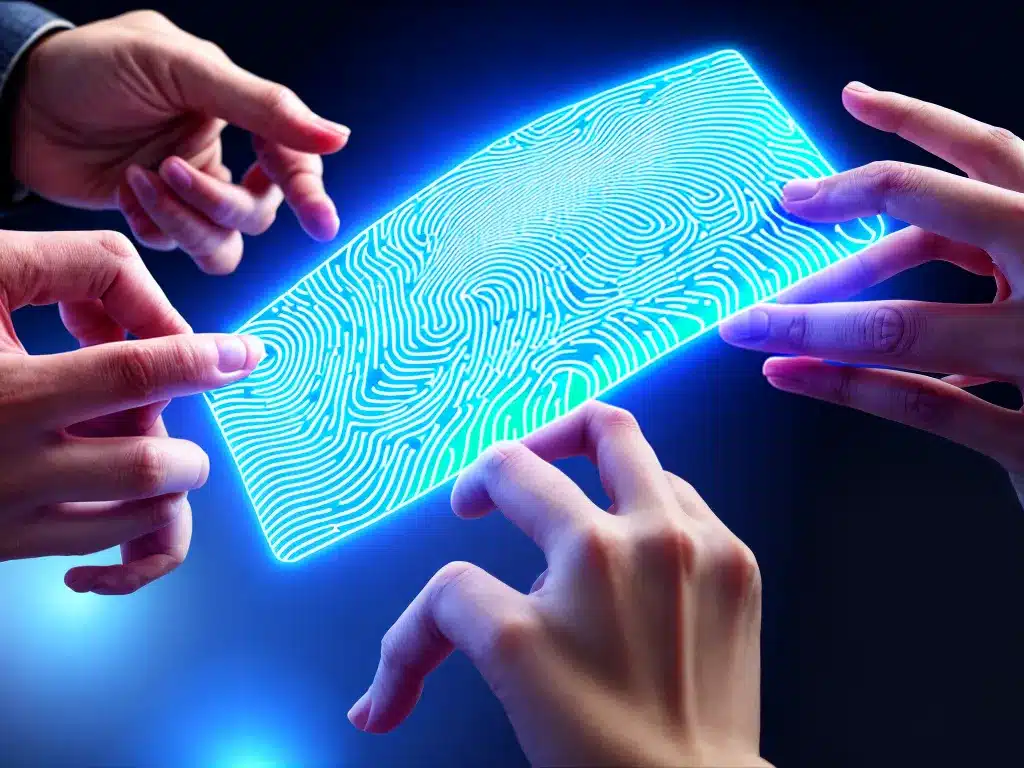New Advances in Biometric Authentication
Introduction
Biometric authentication is the process of using unique biological traits to verify an individual’s identity. Unlike passwords or tokens, biometrics are inherent to a person, making them difficult to steal or forget. Some common biometric modalities used for authentication include fingerprints, facial recognition, iris scans, voice recognition, and more.
In recent years, advancements in sensors, machine learning, and data processing have enabled major improvements in biometric authentication systems. These new developments allow for more accurate and secure identity verification across a range of applications.
Improving Accuracy of Fingerprint Recognition
Fingerprint authentication is one of the most prevalent and mature biometric modalities. However, early fingerprint sensors were susceptible to errors caused by dirt, moisture, or skin imperfections. Modern advancements leverage higher resolution sensors and AI algorithms to improve accuracy:
-
High resolution capacitive and ultrasonic sensors better capture fine fingerprint details like ridges, loops, and minutiae points. This provides more data for verification algorithms.
-
Deep learning algorithms can now extract more distinguishing features from fingerprint images, allowing for matching with higher confidence.
-
AI models like convolutional and recurrent neural networks can continuously learn from large datasets to improve recognition over time.
-
Some systems apply multimodal biometrics, using fingerprint along with face, iris, or palm recognition for higher accuracy.
As a result, fingerprint authentication systems today can achieve false acceptance and false rejection rates as low as 0.01%.
Emergence of Contactless Modalities
Traditionally, many biometric systems like fingerprint, palm, or iris recognition required physical contact with a sensor. However, concerns around hygiene and convenience are driving demand for contactless solutions:
-
Contactless modalities like face and voice recognition rely on cameras and microphones, avoiding physical contact.
-
Near infrared or 3D depth cameras can now perform iris and facial recognition from a distance.
-
Radar and spectrogram analysis can identify individuals by the minute characteristics of their voice, gait, heartbeat, or vein patterns from afar.
-
Multimodal biometric systems fuse contactless modalities like face and voice for more robust identity verification without contact.
Contactless biometrics improve user experience while maintaining high accuracy. They are seeing increasing adoption in smartphones, smart homes, and public infrastructure.
Improving Inclusion for All Demographics
A key consideration in biometric system design is ensuring inclusion and accessibility for diverse user demographics. Recent advances are improving inclusion:
-
Building training datasets with representative samples from global populations to avoid demographic bias.
-
Using multispectral cameras and sensors to reliably scan fingerprints or irises regardless of skin tone.
-
Leveraging anti-spoofing techniques like liveness detection to prevent authentication bypass.
-
Deploying flexible modalities that work across ages and ability levels, like face, voice, or palm recognition.
-
Offering step-up authentication flows to use other factors when biometrics cannot be provided.
With comprehensive datasets and adaptive authentication flows, biometrics can reliably verify identities in an inclusive manner.
Convenience and User Experience
Ease of use is critical for mass adoption of biometric authentication. Advances in sensors, connectivity, and software are removing friction:
-
Smaller semiconductor sensors enable integration into smartphones, laptops, payment cards.
-
Widespread connectivity like WiFi and Bluetooth allows wireless biometric capture.
-
User-centric software minimizes steps in enrollment and authentication workflows.
-
Cryptographic protocols like device attestation establish trust for passwordless biometric login.
-
Biometric FIDO standards enable integration across platforms and providers.
Together, these improvements allow consumers to authenticate seamlessly using biometrics they already have, like their face or fingerprint. This enhances convenience and the overall user experience.
Privacy and Security
With wider adoption, ensuring privacy and security of biometric data is paramount. Some key advancements here include:
-
Cancelable biometrics like one-way cryptographic transforms of the raw data. This prevents recovering the original biometric.
-
Storing biometric data in secure enclaves on devices to prevent access by third parties.
-
Decentralized biometric systems that avoid central databases of identity data.
-
Liveness detection and anti-spoofing methods to prevent presentation attacks.
-
New evaluation frameworks for security and privacy like Presentation Attack Detection (PAD) benchmarks.
These developments allow individuals to use biometrics securely without compromising sensitive personal information.
Conclusion
The field of biometric authentication has seen remarkable progress in accuracy, inclusion, convenience, security, and privacy. With modern sensors and AI-powered algorithms, biometrics can achieve new levels of speed and precision in identity verification. At the same time, emerging modalities, stronger presentation attack detection, and decentralized systems prevent compromise of biometric data. Together, these advances enable seamless adoption of biometrics across smartphones, computers, IoT devices, automobiles, airports, hospitals and more while protecting user privacy.












